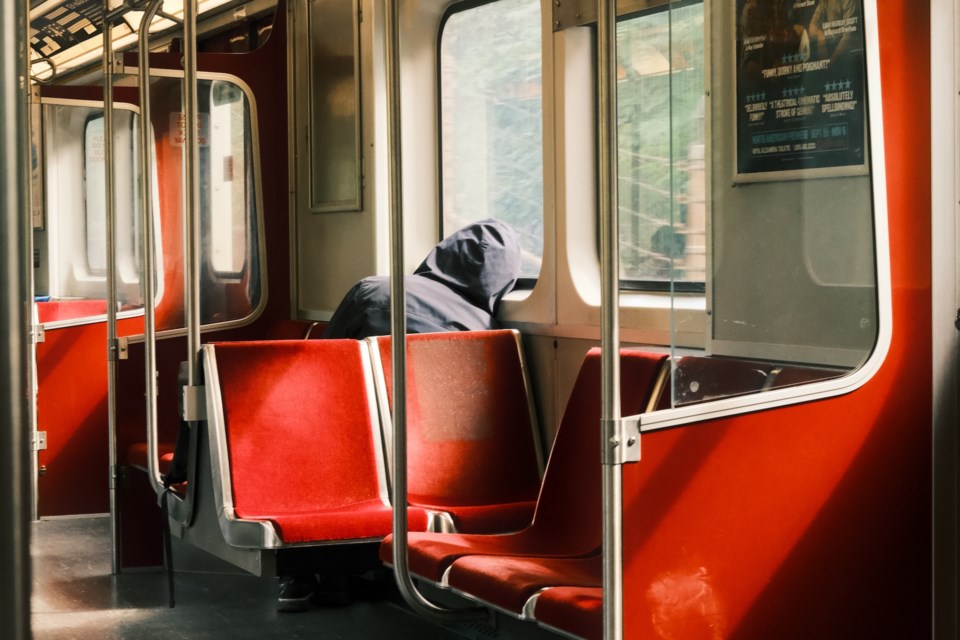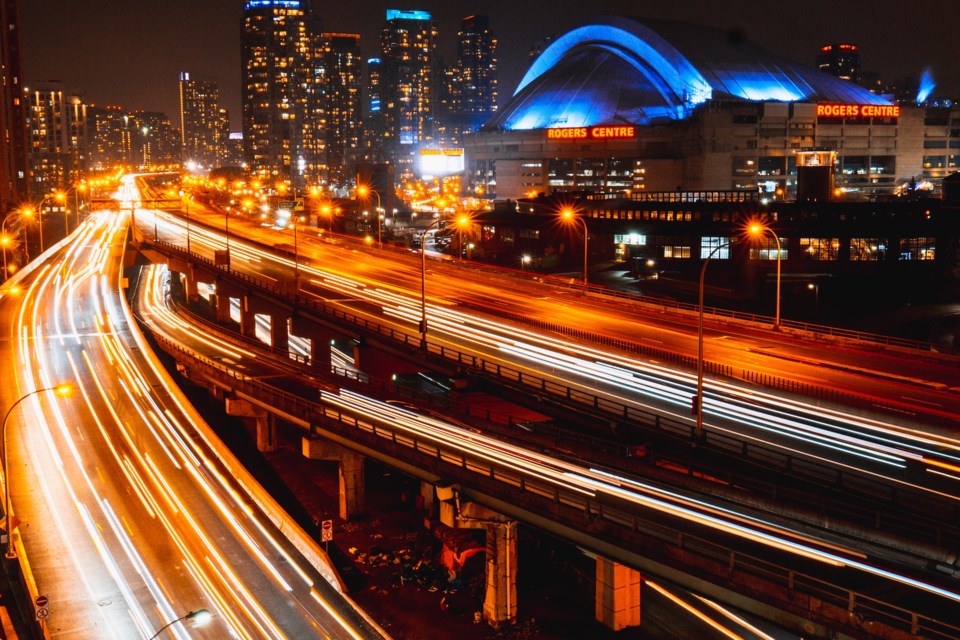This story is part of a partnership between The Green Line and The Trillium for readers who care deeply about Toronto and the people, policies, and politics at play. We’re pairing The Green Line’s unique community-driven, solutions-oriented journalism with The Trillium’s signature insider coverage of Ontario politics and policy to dig deep into the city’s problems and connect you with the plans the Toronto mayoral candidates are proposing to fix them.
If you live, visit or work in Toronto, you’ve seen some of the estimated 10,500 people sleeping rough on the city’s streets.
Homelessness is a major problem across the province, but like many major cities, Toronto feels pronounced effects.
Explaining the provincial government’s approach depends on how you define anti-homelessness policies. Is every policy aimed at getting the housing crisis under control, in some way connected to homelessness? What about mental health or addictions plans? Or municipal funding in general, since they deliver most homelessness services?
As for policies that put homelessness front and centre, Ontario’s approach has relied on funding municipalities and community organizations so they can have “flexibility” — not creating top-down directives.
Asked what she thought of Ontario’s strategy, Toronto community worker Diana Chan McNally said, “There is no strategy, so it’s impossible to rate something that doesn’t exist.”
McNally recently finished up a stint working for the NDP’s affordability critic, Bhutila Karpoche, but is now back to the front lines.
In April, the government announced $202 million in additional funding through the newly created Homelessness Prevention Program, which was three separate programs rolled into one. The extra funding was a 40-per cent increase in funding for homelessness prevention, Municipal Affairs and Housing Minister Steve Clark said. But critics still have questions about the program.
“It's actually unclear exactly what it can be utilized for. And from my understanding, without any clarity, it's just for supports in supportive housing, and not for brick-and-mortar housing and not for other forms of homelessness prevention or outreach, which is extremely limited,” McNally said.
Supports could include staff salaries, food, bedding, and hygiene supplies, she said.
McNally also said she’s spoken with Indigenous organizations that have been pleased with their $11.5 million allotment from that $202 million.
“That funding has been fairly nonexistent (in the past), so that there was any funding going into this at all is a good thing. But ultimately, again, $11.5 million for the province is still meagre,” she said.
The Tories are all-in on their sweeping changes to how and where Ontario builds housing. The goal of expanding supply is to get prices down, or at least frozen, so the average person can have a shot at a white picket fence. But that doesn’t do much for someone with no money for rent.
“Beyond the fact that that's not going to address urban homelessness, and this type of housing is not the kind of housing that most people, even middle-class people, would even be able to afford, they’re not even building that amount of housing,” McNally said.
To meet its goal of 1.5 million homes over the next decade, Ontario will need to build an average of 150,000 homes a year. The province has gotten to around 100,000 in 2021 and 2022. Clark has acknowledged the deficit and that there’s more to do. And it will take some time before the full brunt of his policies will be felt.
Proponents of the “housing-first” model aim to solve the problem by getting people into homes first, then worrying about how they’re going to pay for it. The idea is that it’s a lot easier for someone to get their life together without worrying about where they’re going to sleep every night.
It’s an approach that’s seen great success in Finland. Unfortunately, it’s a lot harder to implement in Canada, said McNally, who went to Finland in November and spoke with housing-first mastermind Juha Kaakinen.
There are a lot more people experiencing homelessness here, for one. But in Toronto, which officially subscribes to a housing-first plan, the process is also much more bureaucratic — people have to have proper ID and their taxes done, she said.
“Whereas in an actual housing first approach, it's like, okay, well, here's your housing. We will figure out the rest later,” she said.

The provincial government has also issued ministerial zoning orders (MZOs) for modular and supportive housing projects in Toronto. But those have occasionally run into fierce opposition from NIMBYs and occasionally from within the PC caucus.
There’s also a cultural difference, McNally said. Finland has NIMBYism too, but more Finns view homelessness as a collective responsibility, as opposed to the more individualistic North American outlook, she said.
Most of the people McNally works with are on Ontario Works or the Ontario Disability Support Program (ODSP), which is not enough to live on, she said. Doubling the rates, as the Greens and NDP proposed in the last election, is “the bare minimum,” she said.
The province’s removal of rent control on new units, back in 2018, is “still extremely problematic,” McNally said.
“It's happened to me multiple times, that a landlord has created some fake application to remove me from the unit and then you see the unit go back up on the market for sometimes 50 per cent more than I was paying,” she said.
Clearing the Landlord and Tenant Board backlog, which the PCs have vowed to do, will also likely hurt people on the edge of homelessness, since the vast majority of applications are from landlords, McNally noted.
There aren’t enough supports for the trauma that comes with living on the streets — but there shouldn’t need to be, she said.
“You have to ask, do we really need supportive housing, or is it because we've let people be on the street for so long — sometimes years and decades at a time — that they're no longer able … to actually live independently?” she said.
Ending homelessness is a massive undertaking and one that essentially every Canadian government, at all levels, has paid lip service to at some point.
McNally is not hopeful.
“I think things are going to get significantly worse,” she said. She pointed to Toronto’s recent policy of turning away refugees from shelters. “That is dire. That’s extremely dire.”
“Again, I am a front-line worker. I was working at Queen's Park … I don't see anyone really taking into account how bad it's gotten. Any party, any level of government,” she said. “And we're just not seeing the commitments in terms of housing and all the other factors — income, health support, mental health, etc., that I mentioned — being put into play anywhere.”
You can read more about the mayoral candidate’s plans for food security in an article by our partner, The Green Line, here.


.png;w=120;h=80;mode=crop)

